Is It Cheaper to Brew Your Own Beer?
Discover the economics of homebrewing with our comprehensive guide. Explore the costs of equipment, ingredients, and compare prices with commercial alternatives. Whether you’re a seasoned enthusiast or new to brewing, find out if crafting your own beer is truly cheaper.
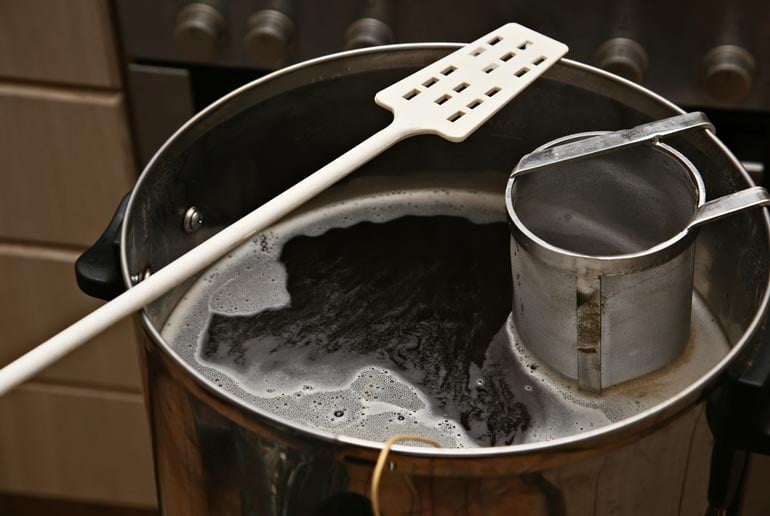
Homebrewing beer has evolved from a niche hobby to a widespread phenomenon, capturing the interest of both seasoned enthusiasts and newcomers alike. With the surge in popularity of craft beer, more individuals are embracing the art and science of creating their own brews at home. But amidst this excitement, a pressing question emerges: Is homebrewing truly a cost-effective alternative to purchasing beer from stores or breweries? In this comprehensive guide, we delve into the economics of homebrewing, dissecting the various factors that influence costs and comparing them to commercial alternatives.
Investment in Brewing Equipment
One of the initial hurdles aspiring homebrewers face is the investment in brewing equipment. Whether setting up a small-scale operation or expanding to a commercial level, acquiring essential brewing gear entails a significant financial commitment. The primary equipment includes brew kettles, fermenters, mash tuns, chilling equipment, pumps, temperature controls, cleaning gear, and packaging equipment. Prices for these items can range from a few hundred dollars to several thousand, depending on factors such as size, material, and functionality. While new equipment offers warranties and quality assurance, used equipment can be a cost-effective alternative, albeit with careful inspection required. If you need help paying for this equipment, a small, $600 loan can aid you in your quest.
- Brew kettle – $1,000 to $5,000, depending on size and material
- Fermenters – Prices vary a lot by size and stuff – $500 to over $10,000
- Mash Tun – About $1,000 to $5,000 based on size and options
- Chilling equipment – $500 – $2,000
- Pumps and Pipes – $500 – $2,000
- Temperature Controls – $500 – $2,000
- Cleaning Gear – $500 – $1,000
- Packaging Equipment – a few hundred to multiple thousands
Cost of Ingredients and Brewing Process
Beyond equipment, the cost of ingredients plays a crucial role in the economics of homebrewing. Key ingredients such as barley malt, hops, yeast, water, and optional additives contribute to the flavor profile of the final brew. Buying ingredients in bulk can yield cost savings, although proper storage and utilization are essential to avoid wastage. Additionally, expenses for utilities like water and electricity, as well as cleaning supplies, must be factored into the overall brewing costs.
Comparison with Commercial Beer Prices
Analyzing the cost of brewing beer versus purchasing commercial alternatives involves considering various factors. Commercial beer prices can vary widely depending on factors such as brand reputation, production methods, packaging, and local taxes. While established beer brands may command higher prices based on perceived quality, regional variations in taxes and distribution costs can influence retail prices. Understanding these nuances is crucial for both consumers and businesses navigating the beer market.
Budget-Friendly Brewing Options
For those looking to brew beer on a budget, there are several cost-effective recipes to explore. Simple pale ales, light lagers, brown ales, and session IPAs offer opportunities to craft flavorful brews without breaking the bank. By substituting pricier ingredients with cheaper alternatives and buying in bulk, homebrewers can optimize their brewing expenses while maintaining quality.
- Simple Pale Ale: Use basic pale malt, hops, and yeast. It’s easy enough for beginners, but still satisfying.
- Light Lager: Use cheap adjunct grains like corn and clean yeast to mimic commercial lagers.
- Brown Ale: Play with chocolate and caramel malts to make a malty, complex ale on the cheap.
- Session IPA: Lower alcohol than a standard IPA means you use fewer hops and other ingredients.
The key is substituting pricier ingredients for cheaper alternatives. Buy in bulk when possible. With some resourcefulness, brewing great beer doesn’t have to drain your wallet.
Here’s the breakdown of what it costs to brew some different kinds of beer for 5 gallons:
- Pale Ale: The grain bill runs about $12. Then you need $7 worth of hops and $3 for yeast, so you’re looking at $22 total.
- Brown Ale: The specialty grains cost $15. Hops cost $5, and yeast costs another $3. The total cost is $23.
- Session IPA: Budget $20 for the malt extract, $7 for the hops, and $3 for the yeast, as usual. Altogether, it’s $30.
Average Cost of a 12-Pack of Beer
When it comes to beer, the type you choose can significantly impact its price. Craft beers, crafted in small batches with high-quality ingredients and unique brewing techniques, tend to be pricier due to their artisanal nature. Conversely, major brands producing large volumes of basic beers can offer more economical options. Whether you’re eyeing a standard light lager or a luxurious stout infused with special local honey, the cost of a 12-pack can vary substantially based on these factors.
Government policies also play a significant role in the pricing of alcohol, contributing to its perceived overpricing. Taxes and fees imposed on beer drinkers, often without clear justification, elevate costs for consumers seeking a responsible way to unwind. Excise taxes imposed by the government, coupled with varying tax rates across different states, further inflate beer prices. Additionally, tariffs on imported beers raise the cost of foreign brews compared to domestic ones. These policy decisions influence every aspect of beer production, distribution, and consumption, shaping the pricing landscape for brewers and consumers alike. Understanding the interplay between brand reputation, brewing techniques, how packaging costs extra and regulatory frameworks is essential for breweries to navigate the complexities of the beer market effectively.
In conclusion, the decision to brew your own beer versus purchasing commercial alternatives depends on various factors, including financial considerations, time investment, and personal preferences. While homebrewing offers the potential for cost savings over time, it requires upfront investments in equipment and ingredients. Moreover, the intrinsic value of the brewing process, experimentation, and the satisfaction of enjoying homemade brews contribute to the appeal of homebrewing for many enthusiasts. Ultimately, whether brewing your own beer is financially advantageous hinges on striking a balance between economic factors and the enjoyment derived from the craft.




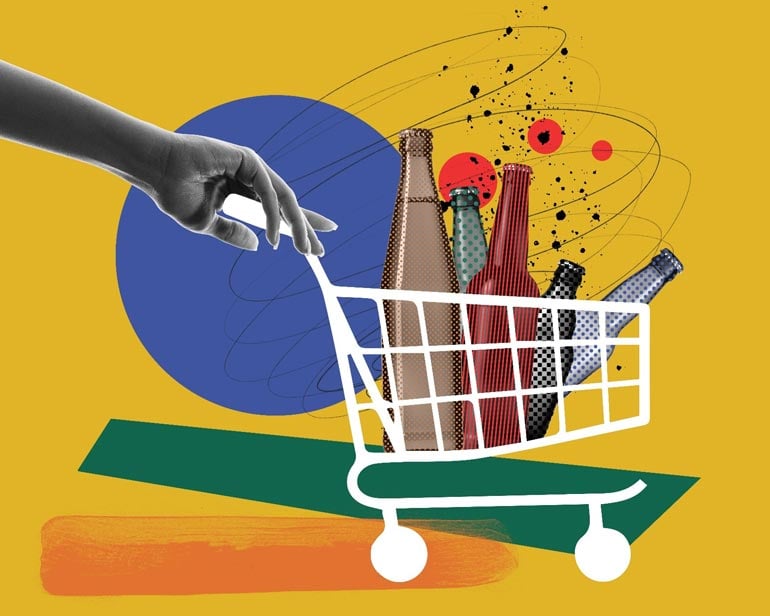


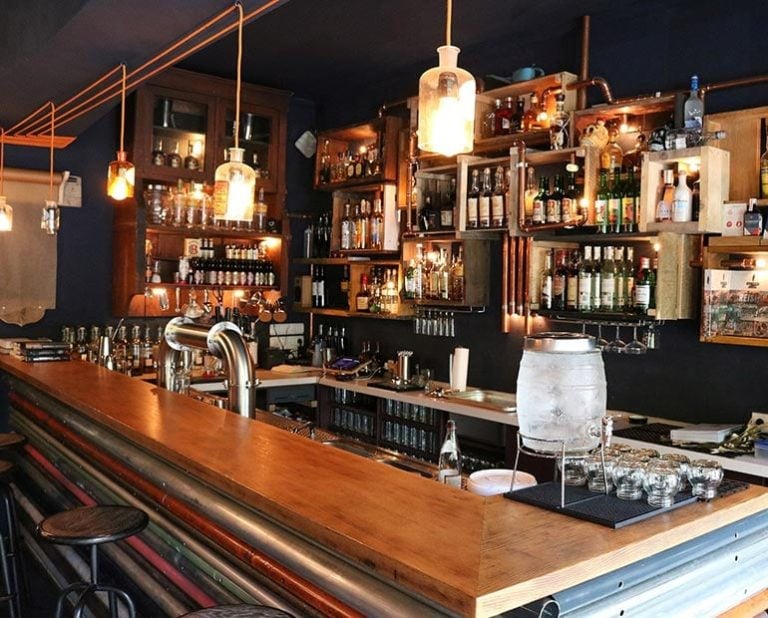
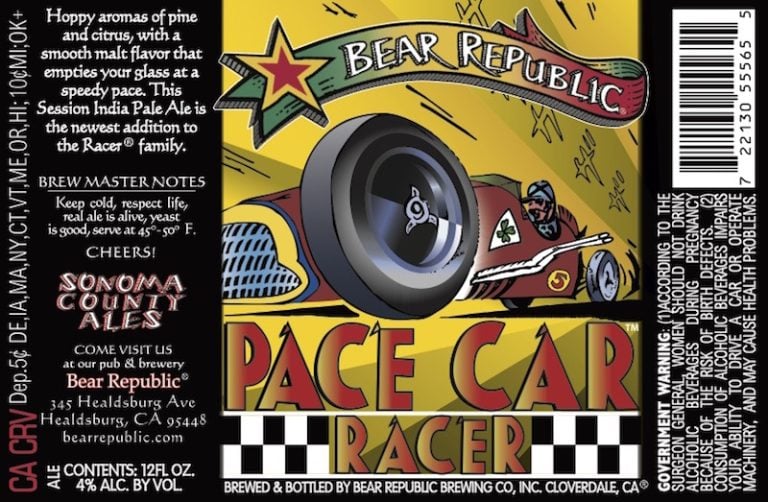





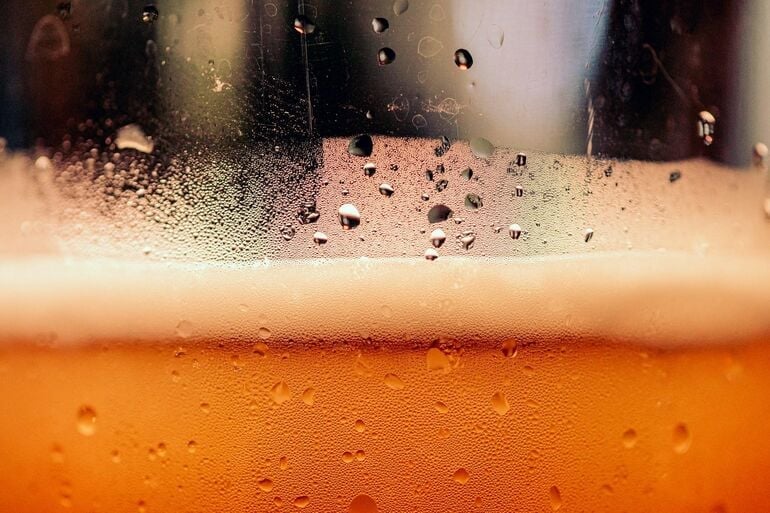
Comments 0
No Readers' Pick yet.